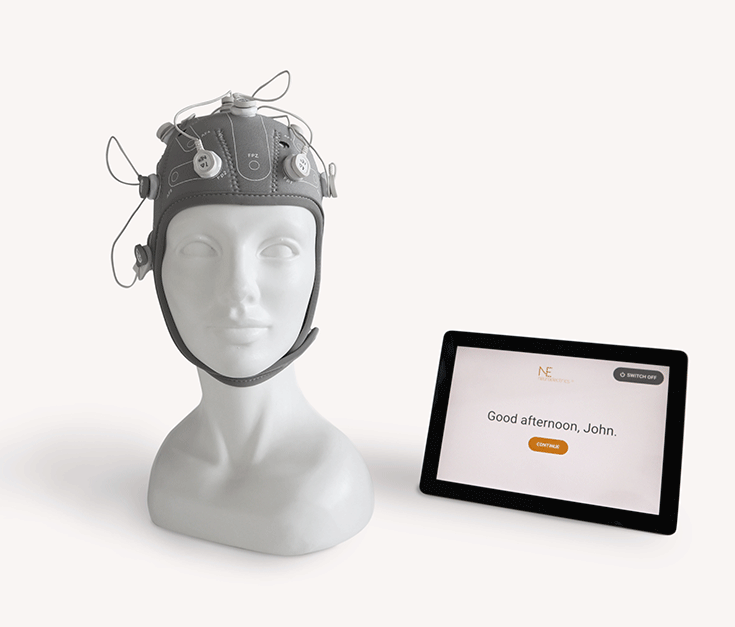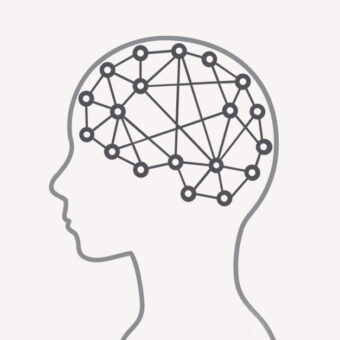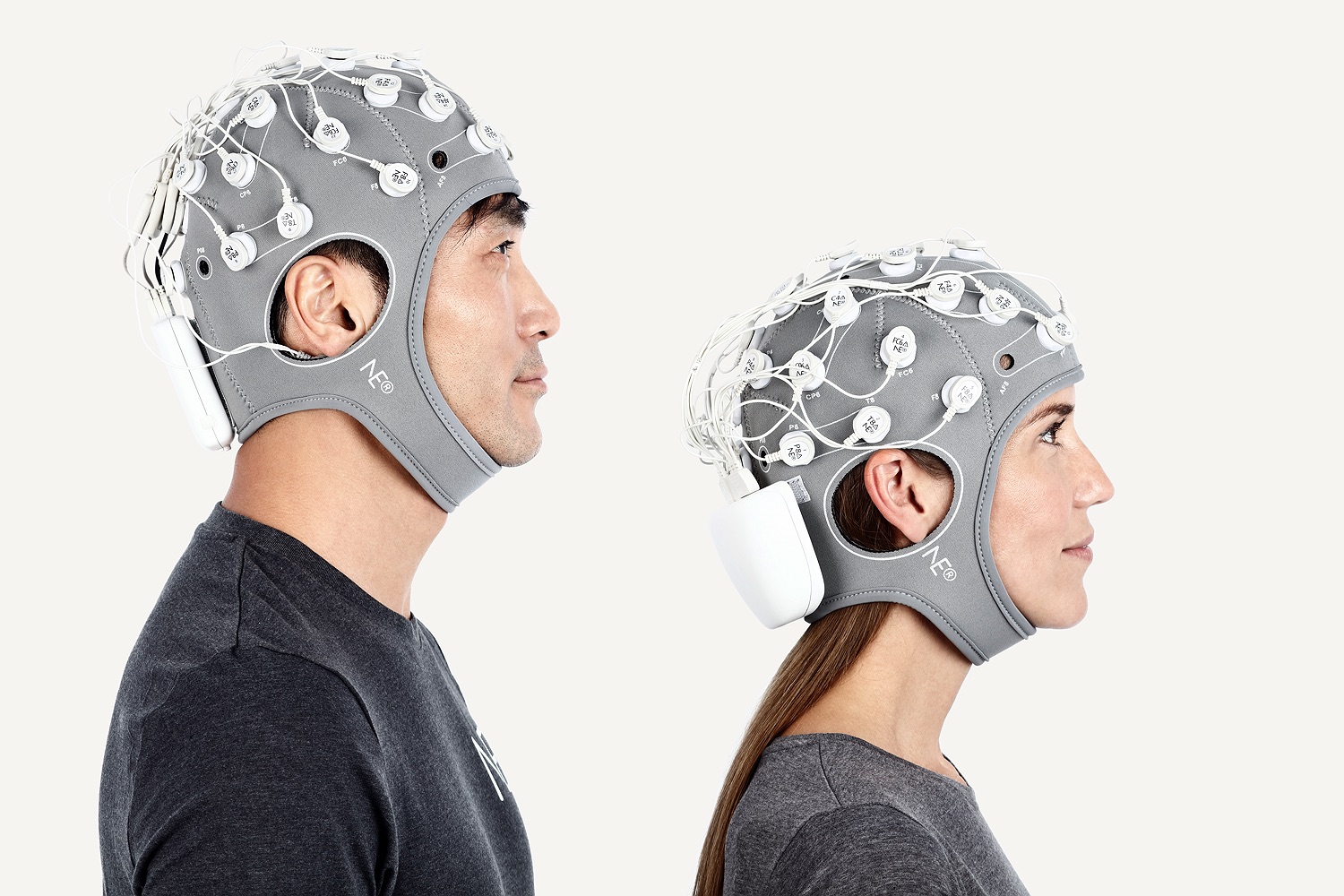Authors: Giulio Ruffini and Francesca Castaldo
The exploration of non-invasive brain stimulation techniques, such as transcranial Direct Current Stimulation (tDCS), represents a significant advance in the quest for effective treatments for Major Depressive Disorder (MDD). At Neuroelectrics, we recently carried out a study of the feasibility, safety, and initial efficacy of applying multichannel tDCS targeting the left dorsolateral prefrontal cortex (L-DLPFC) from the comfort of patients’ homes under remote supervision.
Given the increasing need for accessible mental health treatments, this research aimed to explore an innovative approach to delivering home tDCS to individuals with depression. The study’s design consisted of 37 tDCS sessions over eight weeks, exploring the potential for patients to receive treatment remotely. The investigation focused on evaluating the process’s feasibility, the safety of the treatment in a non-clinical setting, and a preliminary assessment of the effectiveness of this method.

Participants in the study were carefully selected based on specific criteria, including a diagnosis of MDD. Each participant engaged in the tDCS sessions from their home, guided remotely by specialists. The study’s methodological rigor was enhanced by the use of computational models, which we used to tailor the stimulation specifically to the L-DLPFC, a region associated with mood regulation (see Figure 2, left).

Outcomes and Efficacy
The study’s outcomes were promising, with a high completion rate among participants, confirming the approach’s feasibility. More importantly, the treatment demonstrated a notable safety profile, with no significant adverse effects reported throughout the study. The efficacy of the treatment was measured by a median reduction of 64% from baseline in the Montgomery–Åsberg Depression Rating Scale (MADRS) scores (Figure 3, left). This is a clinically significant improvement in depressive symptoms that was complemented by positive changes in secondary measures, such as the Quick Inventory of Depressive Symptomatology Self-Report (QIDS-SR) and the Quality of Life Enjoyment and Satisfaction Questionnaire-Short Form (Q-LES-Q-SF), indicating enhancements in overall well-being and life satisfaction (Figure 3, middle and right).
Implications and Future Directions
The findings from this pilot study suggest that home-based, remotely supervised tDCS is a viable and safe treatment option for individuals with depression, showing promising antidepressant effects. These results not only underscore the potential of tDCS as a treatment modality for depression but also highlight the value of leveraging technology to make mental health treatments more accessible.

Nevertheless, further research through controlled clinical trials is essential to confirm these findings and refine treatment protocols. The integration of computational models in designing personalized treatment plans opens new avenues for precision medicine in psychiatry, potentially transforming the landscape of mental health treatment.
In a complementary effort, our colleagues in Dortmund (led by Michael Nitsche, the tDCS pioneer) embarked on a randomized, sham-controlled trial to further refine the tDCS application. This study, which used the Starstim in-clinic system, meticulously compared conventional tDCS, an optimized multichannel tDCS protocol, and sham tDCS across 60 patients. The optimized multichannel approach, utilizing smaller electrodes for more precise targeting, significantly outperformed both the conventional (bipolar frontal sponges) and sham setups in reducing depressive symptoms, showcasing larger effect sizes comparable to our study and early onset of therapeutic effects.
These findings underscore the importance of precision in electrode placement and the potential of tDCS in treating depression. Notably, the Dortmund study aligns with and reinforces our findings, highlighting the superiority of the optimized multichannel approach over sham treatments and underlining the significance of protocol refinement for maximized efficacy.
These two studies represent a step forward in the integration of technology and mental health care, providing a glimpse into the future of non-invasive treatment options for depression. As we continue to explore and validate these approaches, the promise of more accessible, effective mental health care becomes increasingly tangible, offering hope to those affected by MDD.


